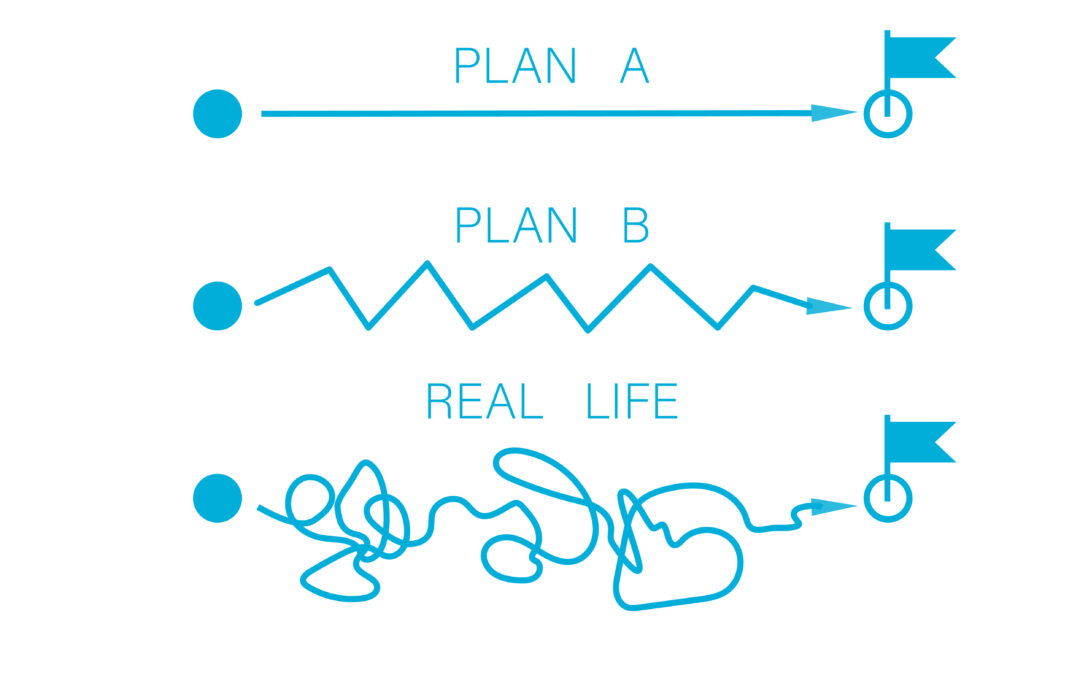Consultant vs. Contractor vs. Employee
In the last two years, I’ve experienced a few different types of relationships with clients and each has had its rewards and its challenges. I write this post in reflection to help myself understand what situation works best for me and to hopefully help those who are considering ditching their steady paychecks for the wonders of life on the outside.
Is there really a difference between these three “types”? While the obvious answer is yes, the nuanced answer is a little more complicated and it’s critical to know how your clients view you and the work you are contributing to the organization.
Starting as a Consultant
Most of my projects have started in a consultant capacity. In the initial discovery meetings before I’ve put together a proposal and when I’m working on strategy and planning, I’m viewed as an expert outsider and someone that can be relied upon to give honest feedback about the opportunities facing the company and how they can achieve their goals. This is arguably the most enjoyable phase of the project – I’m doing a lot of thinking, learning about their business and the competitive landscape, their ideal customers and considering how best to target and develop messaging that will convert leads to prospects. This work isn’t timebound – meaning clients don’t typically expect that I’ll work X number of hours – they expect me to deliver the plan on the date we agreed upon in the initial agreement. No one is thinking in terms of hourly rates and scope.
Becoming a Contractor
The end of the planning phase is sometimes where the relationship can begin to change. You’ve just finished your master plan and are now working on the execution proposal. Most business people have been trained to expect that execution should be task-based and therefore time-bound. As an example, one part of your plan calls for X number of outbound email sequences and you anticipate that it will take you X hours to draft, edit and test those sequences in the marketing automation platform and you build your contract to reflect the elements of your plan. So now your contract reflects tasks and time. You aren’t selling your expertise, you’ve (perhaps inadvertently) switched to selling a task list. And now you are a contractor. While you may still be viewed as an expert in your field, the work you are doing may not be viewed as contributing as much as the strategic planning work you just completed. And the reality is that execution is viewed by many as “easier” than strategic thinking and planning but I would encourage you to think differently about this phase of a project. Poor execution of an excellent plan typically yields poor results. To avoid the slide from consultant to contractor, consider how you position this work in your agreements and how you position yourself when you discuss project execution with your clients.
- When drafting your agreement, avoid listing items with individual prices (this can also prevent clients trying to choose a la carte work from your list).
- Make sure your clients understand that you’ll be completing work by the dates you agree to, not on an hourly basis on any given day.
Part of the Team
The other key shift can happen after you’ve been on retainer or worked with the client for a longer period of time. Being viewed as part of the team is great – being viewed as an employee can be not as great. Employees aren’t consulted, they’re expected. Expected to be regularly available, expected to be at a desk, expected to…fill in the blank. As soon as you’re viewed as an employee, scope goes right out the window and you find yourself wondering how on earth you just agreed to go to a distributor show in Florida (in costume no less).
None of these are necessarily bad shifts but it’s important to recognize when they begin to happen. It’s up to you to control how you work with your clients, to define the role you want to own and make sure the relationships you maintain with your clients are healthy on both sides.


Recent Comments